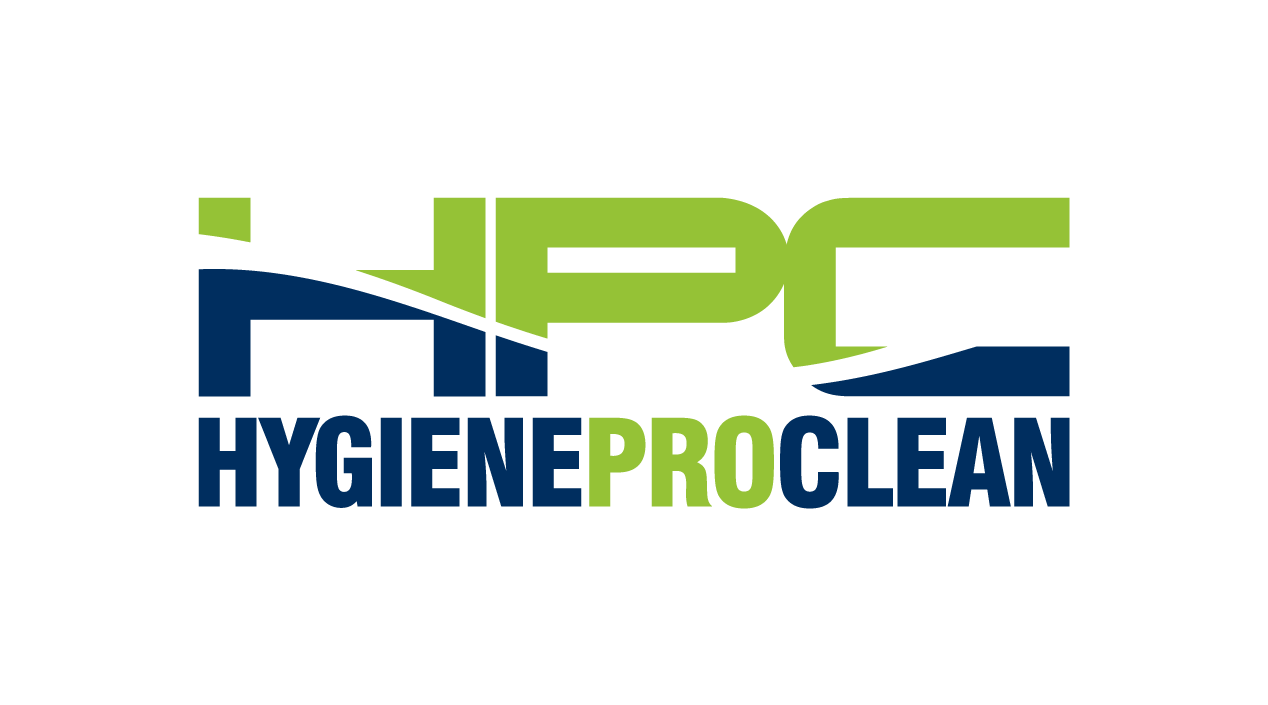Bathroom Mould
Mould thrives in damp and humid spaces which makes bathrooms an ideal location for mould to develop and grow. How can you remove and prevent bathroom mould?
Water splashes, condensation and standing water can all cause mould, including black mould; but in a bathroom, these three things are commonplace. After a warm shower or bath, the condensation created can build up on ceilings and drip down the walls and settle in grout or on sealants, these areas are particularly prone to mould growth.
Mould, which can begin to develop after just 24 hours, is not only unpleasant to look at, but it can also lead to health issues including allergic reactions, runny nose and skin rash, sneezing and even asthma attacks. It’s important to eliminate mould as soon as it’s discovered. Hygiene Pro Clean (HPC) offer a nationwide, highly rated, and certified mould remediation service that promises to eradicate mould.
With a revolutionary mould abatement formula and specialist equipment, HPC guarantees a fast and effective service which is backed up with ATP (adenosine Triphosphate Hygiene Monitoring Systems) swab tests before and after treatments so you can be sure the mould has been effectively treated. In addition, if the mould reoccurs within 6 months of the initial treatment, HPC will re-treat the area.
How can you prevent mould growth within your bathroom? Here are a few tips:
1. Ensure your bathroom is well ventilated. Using a bathroom fan or humidifier will help to reduce moisture in the air which can lead to mould developing. If you don’t have a fan or humidifier, opening a window can help to reduce condensation.
2. Increase the temperature in your bathroom before using the bath or shower. Heating the room before having a warm bath or shower will reduce condensation. Condensation forms when warm air meets a cold surface; the steam from the warm water will be more prominent in a cool or cold bathroom. During the summer it is not as necessary, but during colder months, if you have a radiator, having it turned on will help to decrease condensation from forming.
3. After your bath or shower, keep the bathroom door and window open to allow condensation to escape and to dry on surfaces.
4. Dry wet surfaces after use; this includes hanging towels and bathroom rugs to dry, wiping down surfaces and pulling shower curtains out to full width so they can drip dry.
5. Next time you redecorate your bathroom, use a mould-resistant paint or a specialist bathroom paint.
6. Keep an eye on the seals around your bath, shower and sink and replace if it becomes compromised.
If you’re concerned about bathroom mould in your home or business, book a free survey - with no obligation to book a treatment. For more information or advice, call our specialist team on 0800 0248090.
